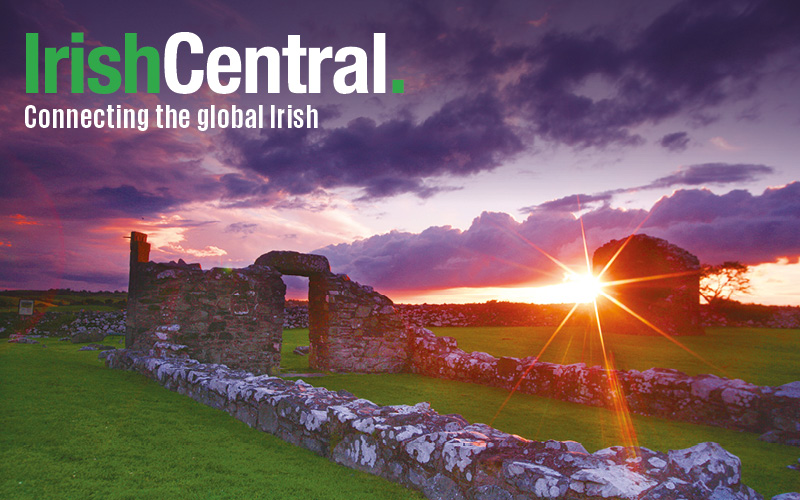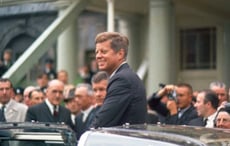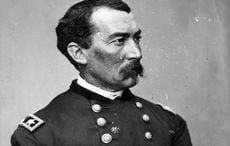It was quite a week at the Irish Embassy in London
Prince Charles and his wife Camilla turned up on the doorstep in Belgravia Square and stayed for over an hour and a half meeting and greeting assorted Irish celebrities who are based in Britain.
It was the first time the Prince of Wales had set foot in an Irish embassy and he was greeted by Ambassador Bobby McDonagh and Irish tourism minister Mary Hanafin.
The visit was a signal for the much anticipated state visit to the Irish Republic by Queen Elizabeth in 2011, a visit that would have been unthinkable just a few short years ago. President Mary McAleese is determined to have the visit take place before she leaves office in late 2011
It is quite a turnaorund. During the height of the Northern troubles, royalty were not welcome in Ireland. The death of Lord Mountbatten at the hands of the IRA in 1979 in Sligo, when they blew up his boat, was the nadir. Extraordinary to think that a little over thirty years later the British queen will be formally welcomed to Ireland.
When she does many will look at it as the end of formal hostilities between two nations that have been taking shots at each other since 1169 and the invasion of Ireland by Henry 11 on foot ironically, of a message of support from the pope.
Charles stated at the Irish embassy that "At the end of the day, we should never forget that our acquaintance has been long. We can turn that knowing into something new and creative -- to no longer be victims of our difficult history with each other."
That comment was bound to cause controversy. The "difficult history" was almost all on one side when you consider invasion, repression, a famine many called a holocaust and eventually, an unjust partition that exploded in violence fifty years later.
The fact of Charles showing up was probably more important than what he said. In an era where countries become endless enemies, here are two old foes gradually and somewhat grudgingly moving closer together.
There is a lesson on a broader plane here. The Irish peace process took from 1989 to 2010 to really come to proper fruition. Everyone involved from successive American presidents and British and Irish leaders plus massive input from political parties and community groups stayed with it through thick and thin. There are still some dissident violent groups trying to unravel the fabric but this was a peace agreement hammered together with foresight, belief and planning.
Both Britain and Ireland are facing dire economic challenges, but even those pale beside what the Irish peace process accomplished. Prince Charles at the Irish Embassy, Queen Elizabeth in Dublin? As they say in the Bronx, "Who'd of thunk it?"




Comments